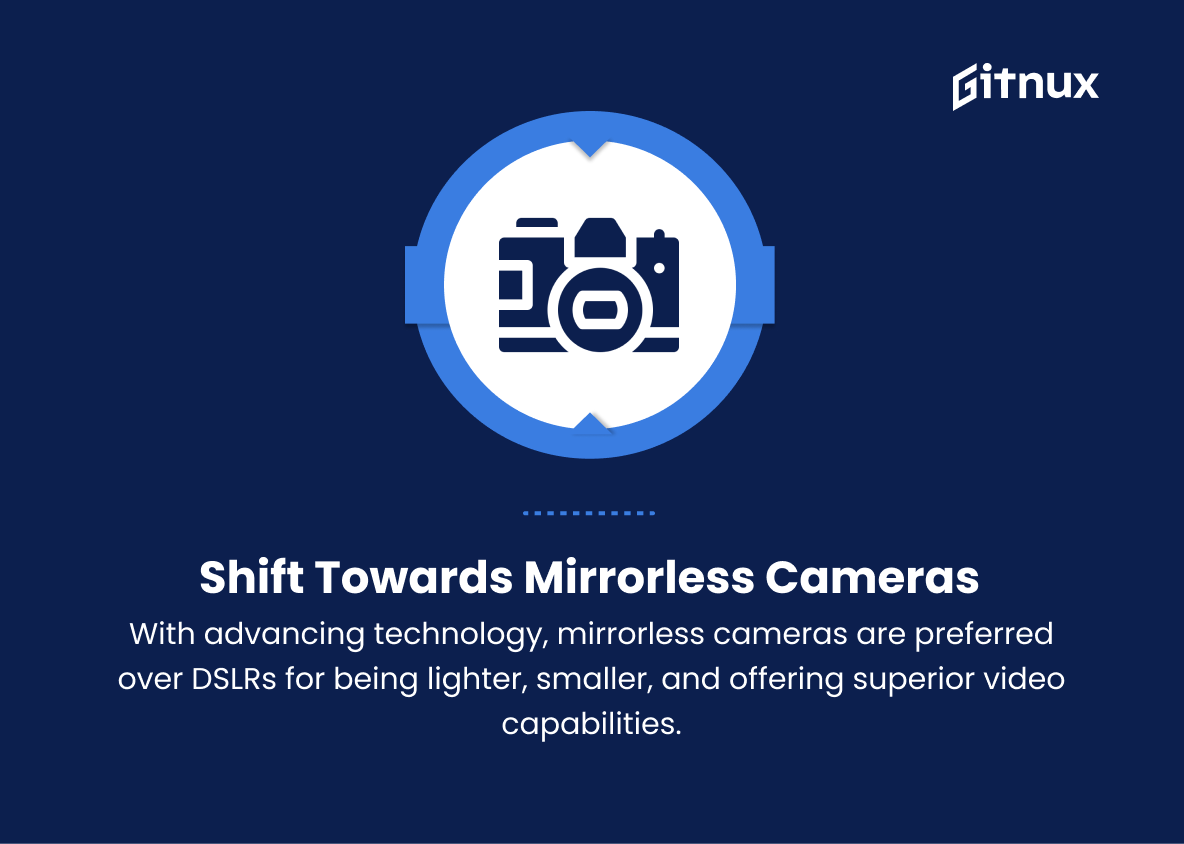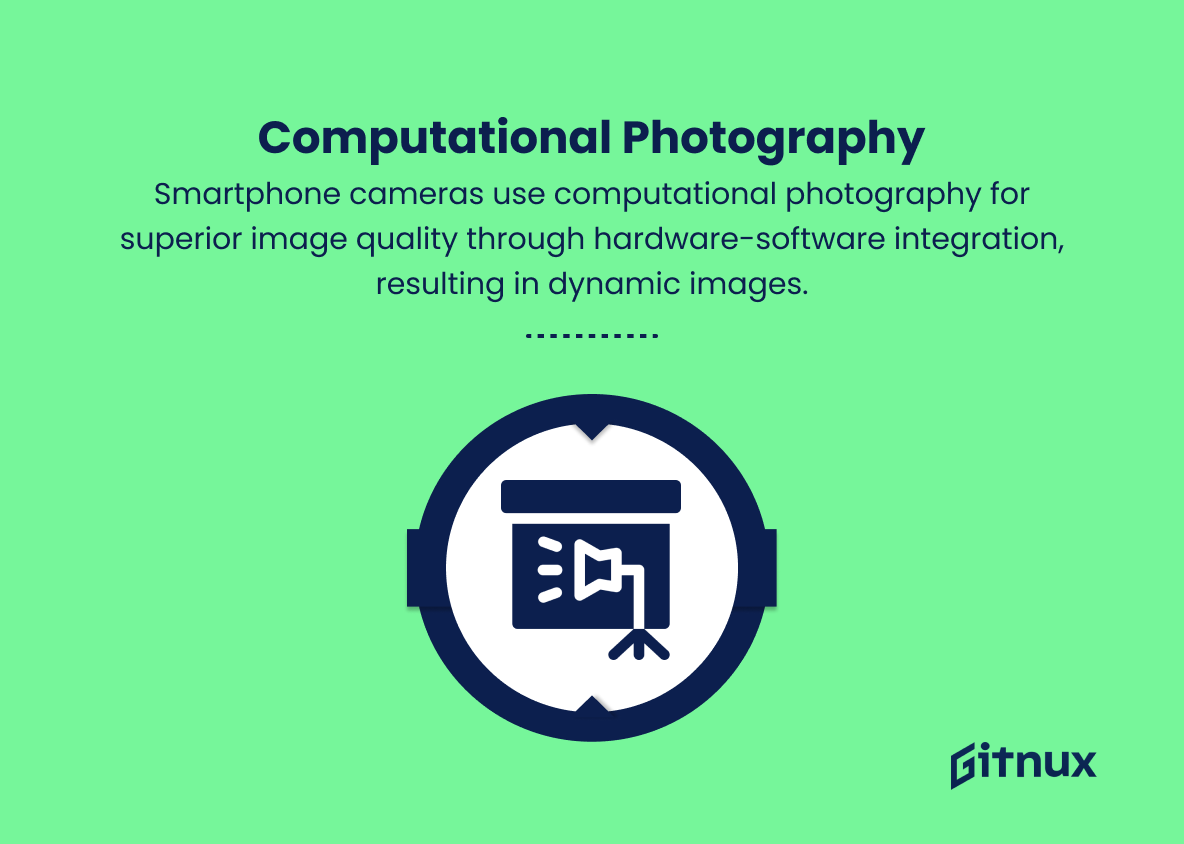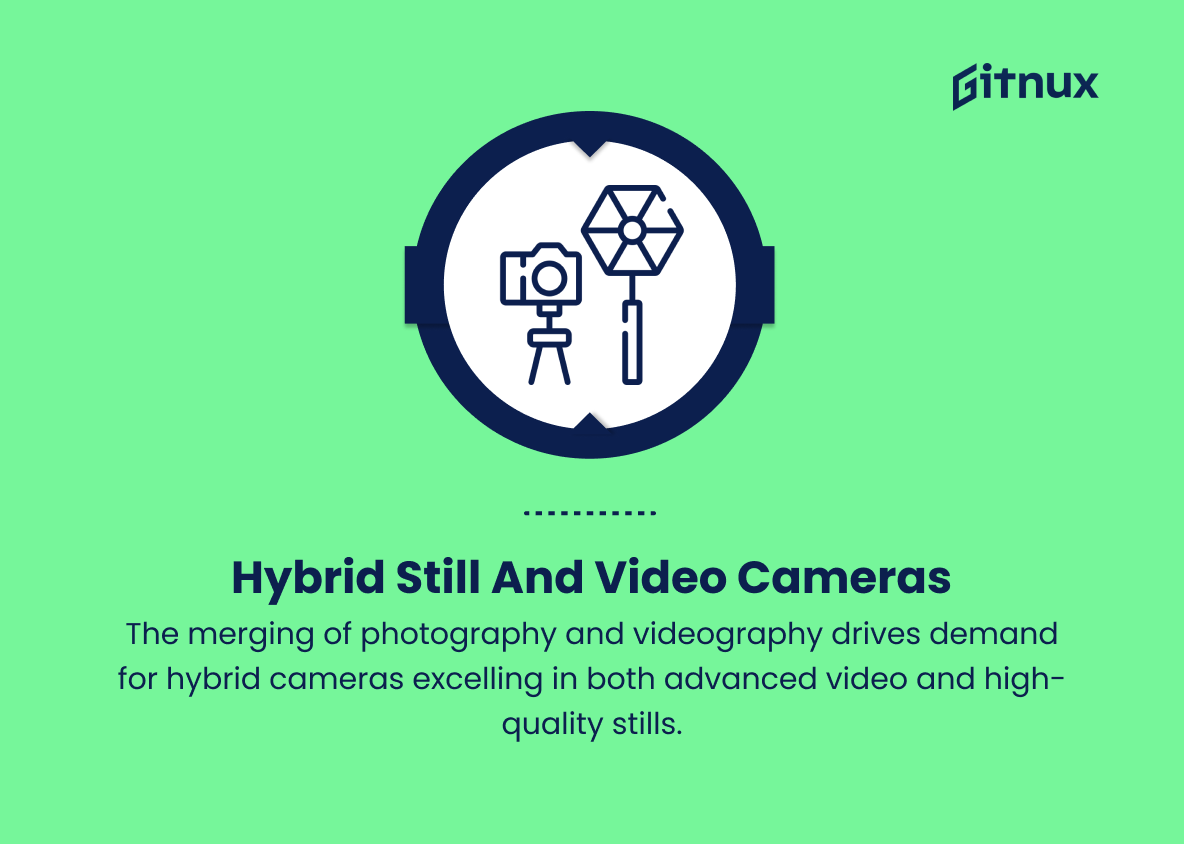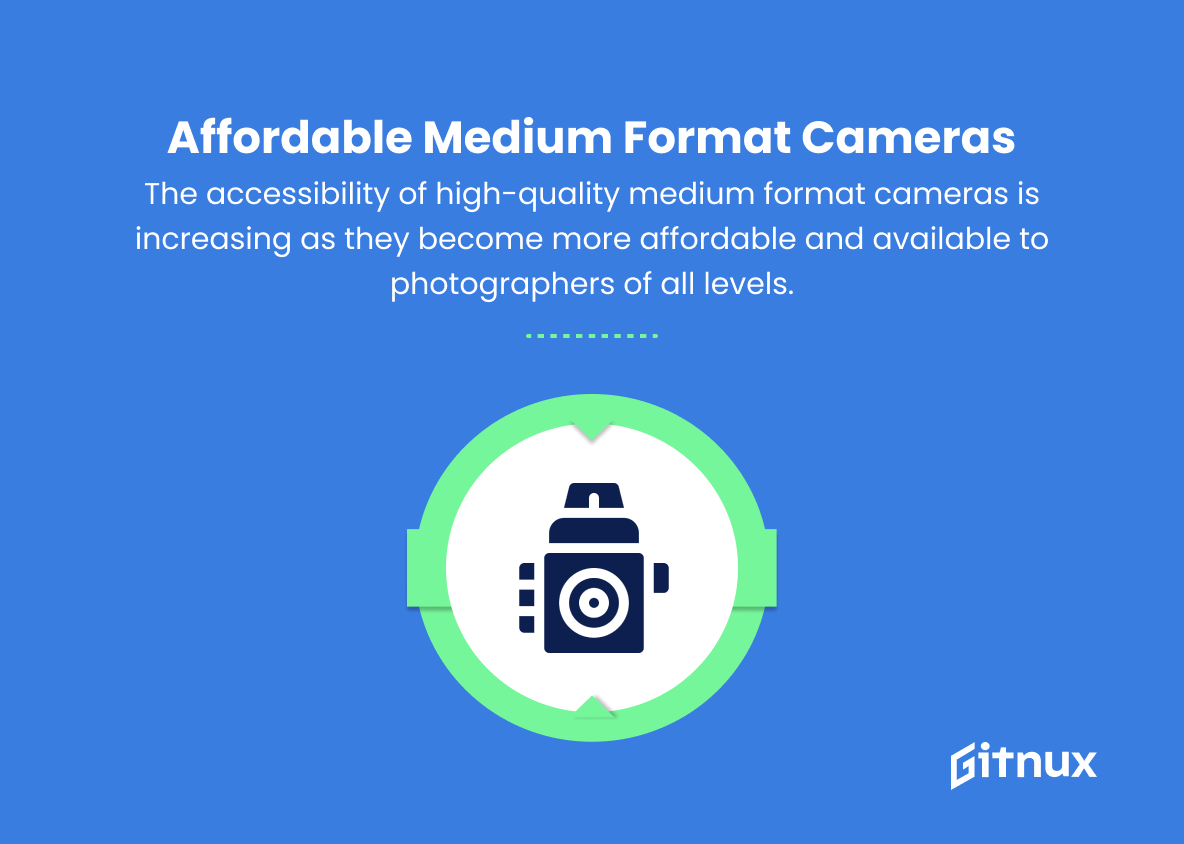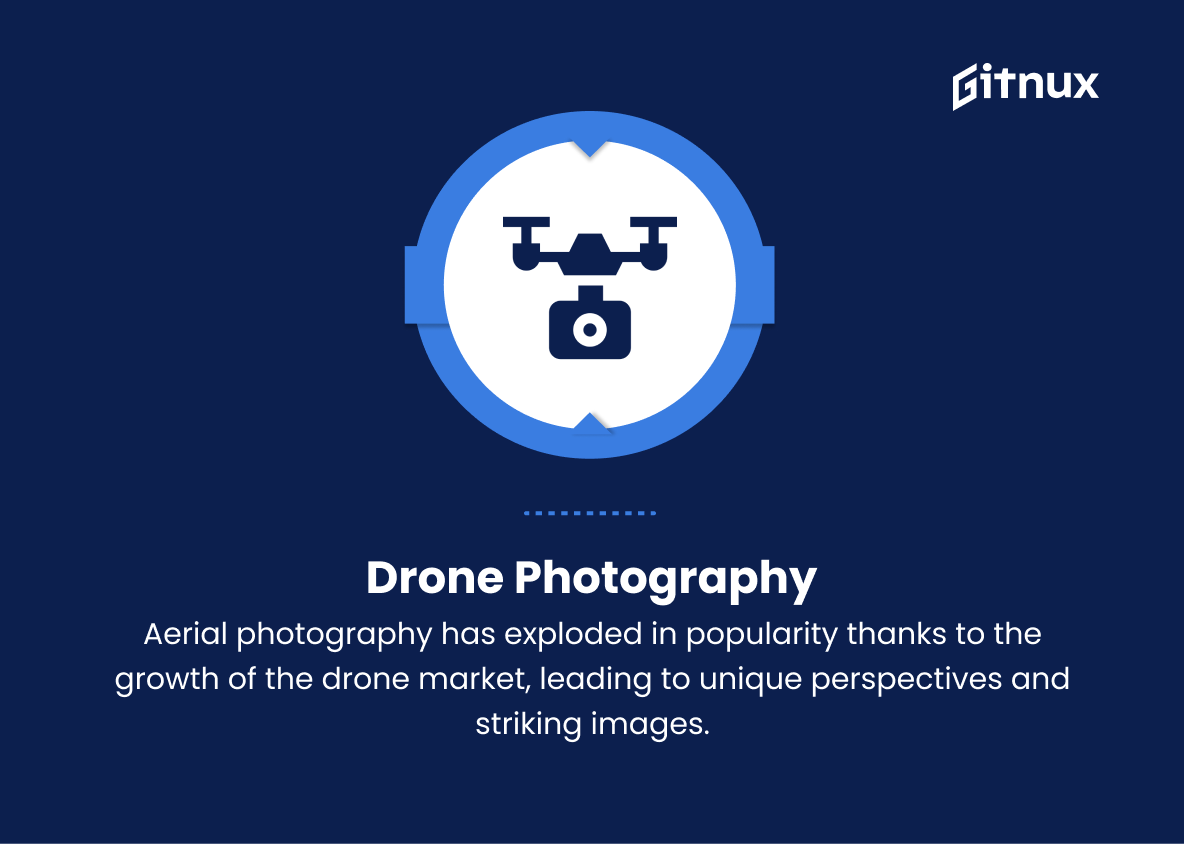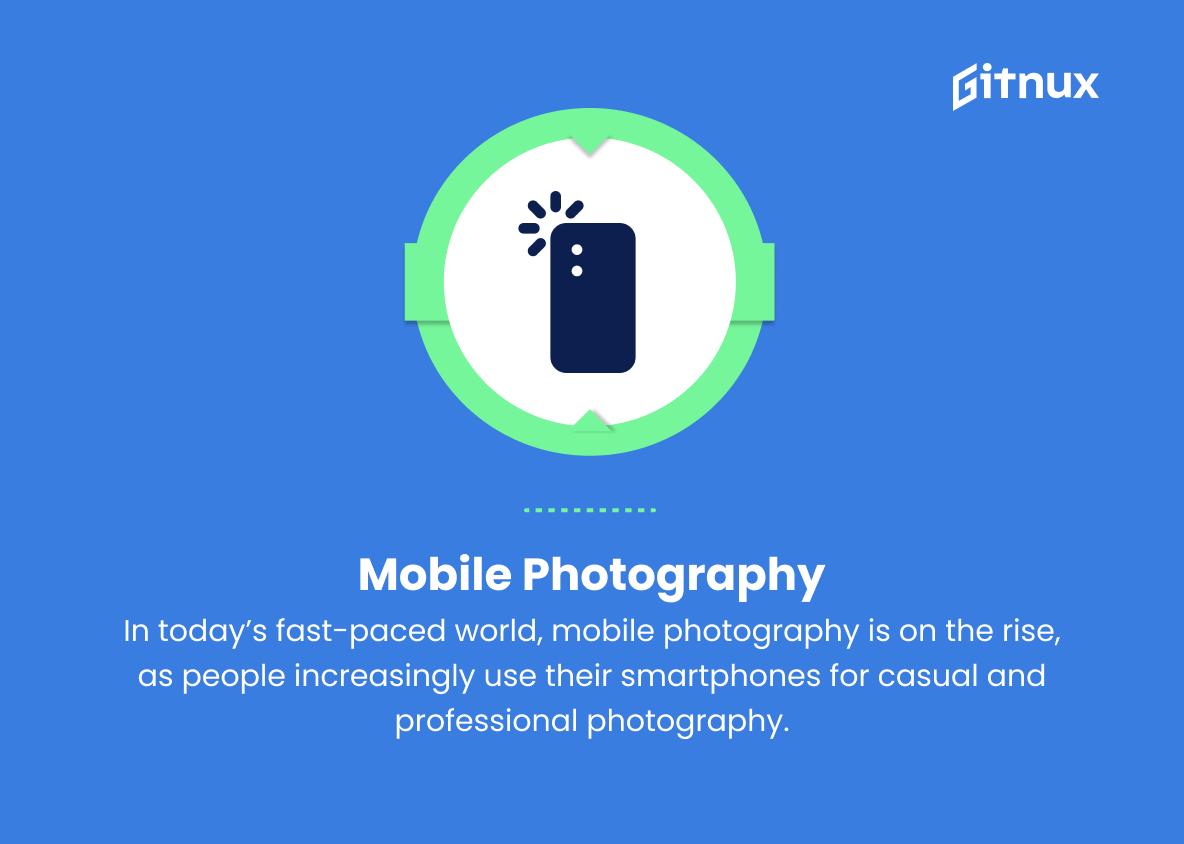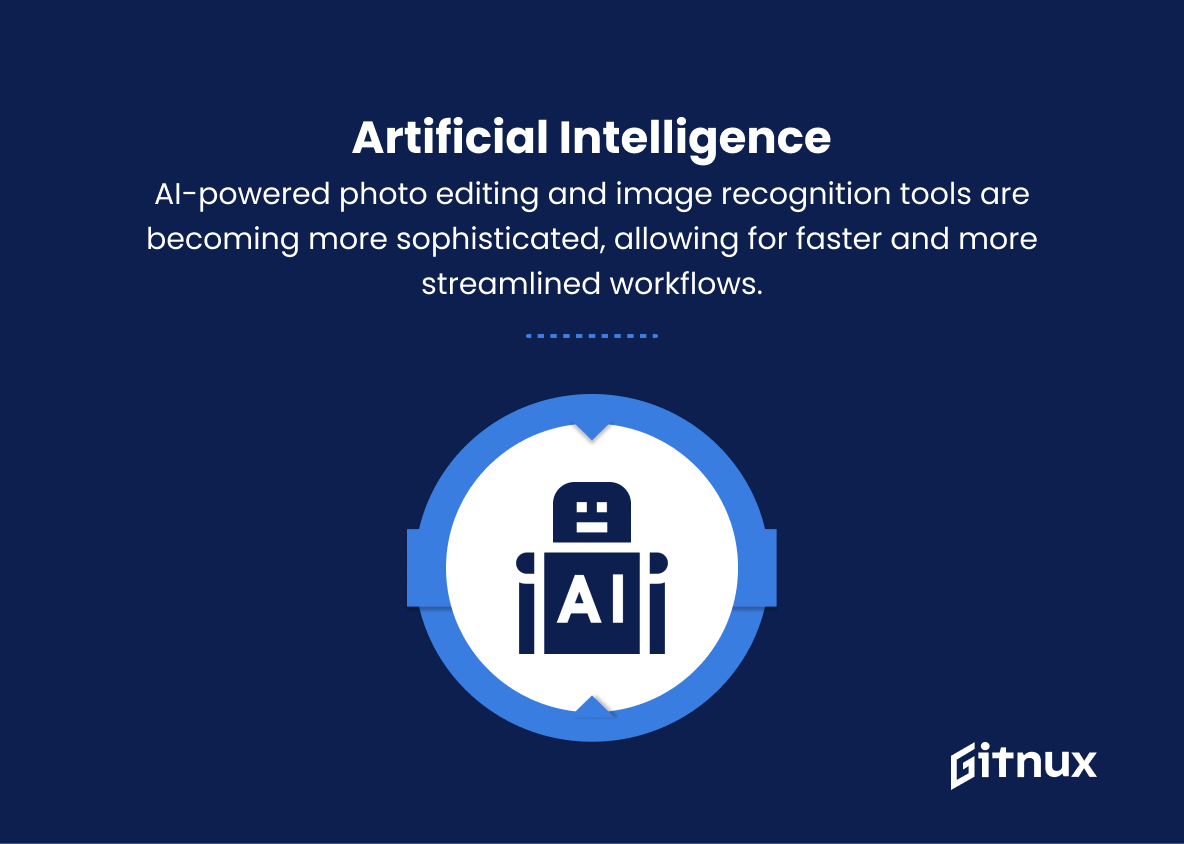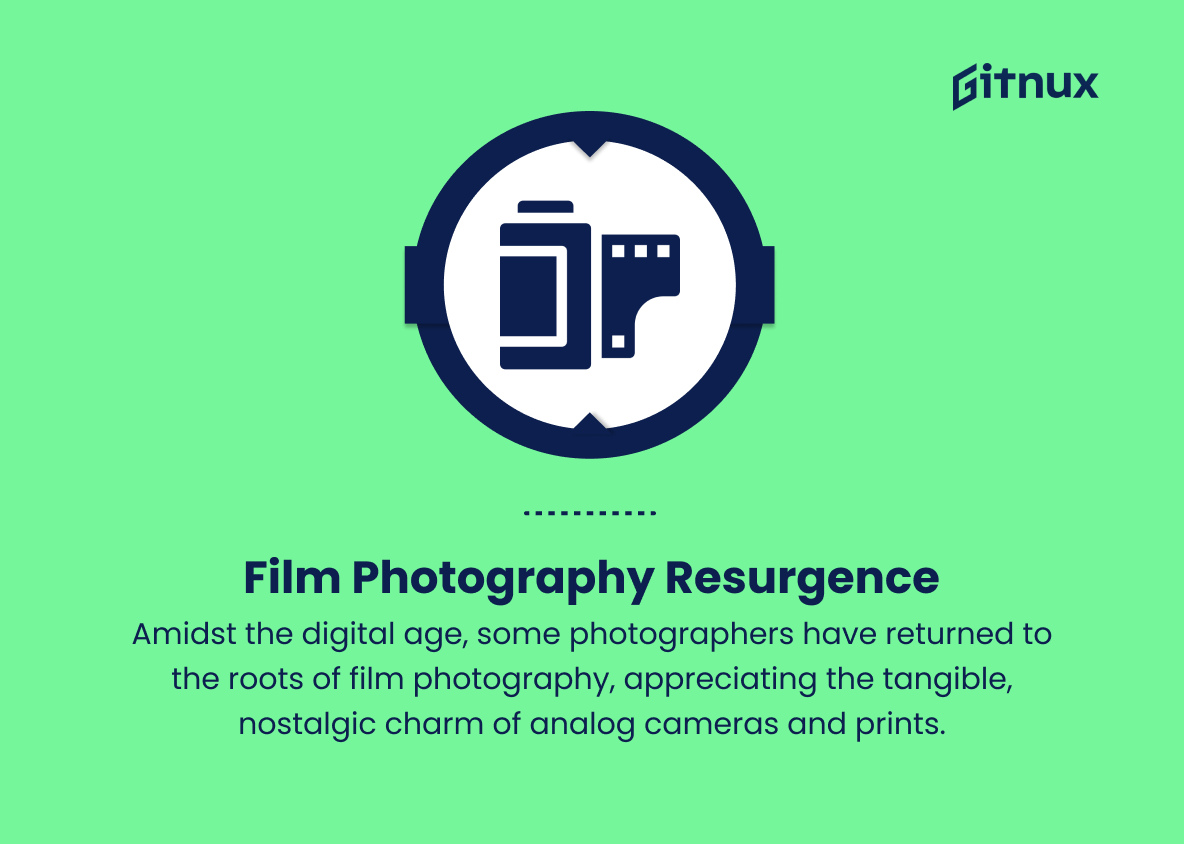In an ever-evolving digital age, the photography industry is continuously subjected to transformative shifts and the emergence of new trends. As professionals and enthusiasts alike strive to capture the world through their lenses, it’s essential for everyone involved in this domain to stay updated on the latest developments and innovations.
In this insightful blog post, we delve deep into the heart of the photography industry, examining significant trends that are shaping its future, and providing guidance on how to adapt and thrive in this rapidly changing landscape. Whether you’re a seasoned photographer or simply an admirer of the art, join us as we explore the dynamic world of photography and its impact on our visual culture.
Top Photography Industry Trends
1. Shift towards mirrorless cameras
As technology advances, there has been a growing preference for mirrorless cameras over traditional DSLR cameras due to their lighter weight, smaller size, and better video capabilities.
2. Computational photography
Smartphone cameras are leveraging computational photography to enhance image quality, combining hardware and software to create better, more dynamic images.
3. Vlogging and livestreaming
With platforms like YouTube and TikTok, there is an increasing demand for cameras designed for vlogging, livestreaming, and content creation.
4. High-resolution cameras
Camera manufacturers are continually pushing the boundaries of resolution, providing photographers with unprecedented detail in their images.
5. Hybrid still and video cameras
As the overlap between photography and videography grows, there is an increasing demand for hybrid cameras featuring advanced video capabilities alongside high-quality stills.
6. Affordable medium format cameras
The accessibility of high-quality medium format cameras is increasing as they become more affordable and available to photographers of all levels.
7. Drone photography
Aerial photography has exploded in popularity thanks to the growth of the drone market, leading to unique perspectives and striking images.
8. 360-degree and virtual reality photography
With the rise of VR, 360-degree cameras are gaining popularity, offering immersive and interactive viewing experiences.
9. Mobile photography
In today’s fast-paced world, mobile photography is on the rise, as people increasingly use their smartphones for casual and professional photography.
10. Artificial Intelligence
AI-powered photo editing and image recognition tools are becoming more sophisticated, allowing for faster and more streamlined workflows.
11. Film photography resurgence
Amidst the digital age, some photographers have returned to the roots of film photography, appreciating the tangible, nostalgic charm of analog cameras and prints.
12. Sustainable practices
The photography industry is moving towards more environmentally friendly practices, such as recyclable materials, energy-efficient devices, and conscientious waste reduction.
13. Customizable cameras
As photographers increasingly seek unique ways to express themselves, personalized and customizable camera bodies, lenses, and accessories will become more popular.
14. Online learning and workshops
Remote learning options have grown, with photographers attending webinars, online courses, and virtual workshops to develop their skills.
15. Collaborative platforms
The growing number of online platforms and communities for photographers to share their work, get feedback, and collaborate on projects signals a trend towards increased networking and collaboration.
Implications
With the rapid advancement of technology, the photography industry is experiencing a dynamic shift in trends, resulting in more innovative and diverse options for photographers. The preference for lighter mirrorless cameras has grown, alongside the development of computational photography that enhances image quality in smartphone cameras.
Meanwhile, the rise of vlogging and livestreaming has led to an increased demand for specialized camera equipment, as well as high-resolution and hybrid still/video cameras. Access to affordable medium format cameras has broadened, while drone photography has opened up new dimensions in aerial perspectives. Simultaneously, 360-degree and virtual reality photography have emerged, creating immersive experiences for viewers. Mobile photography continues to flourish, and Artificial Intelligence has streamlined photo editing and image recognition workflows.
On the other hand, there is a resurgence of film photography as photographers revisit their analog roots. As sustainability becomes an essential aspect of modern businesses, the photography industry is adopting eco-friendly practices. Customizable cameras cater to photographers’ personal styles, while online learning resources and workshops facilitate continuous skill development. Lastly, collaborative platforms are emerging, bringing together photographers to network, share, and work collectively on creative projects in this rapidly evolving landscape.
Conclusion
As we conclude this discussion on current Photography Industry Trends, it is evident that the landscape is constantly evolving. Professionals and enthusiasts alike must adapt to these changes to remain relevant and competitive. The future of photography will be influenced by advances in technology, shifts in consumer behavior, and the continuous search for innovative ways to capture and share moments. By staying informed about these trends and embracing the opportunities they present, photographers can continue to create impactful images and contribute to the ever-growing world of visual storytelling.
Keep an eye on the horizon, remain open to new ideas, and remember that the art and business of photography are intertwined – adapting to industry trends will ultimately allow you to grow both artistically and professionally.
